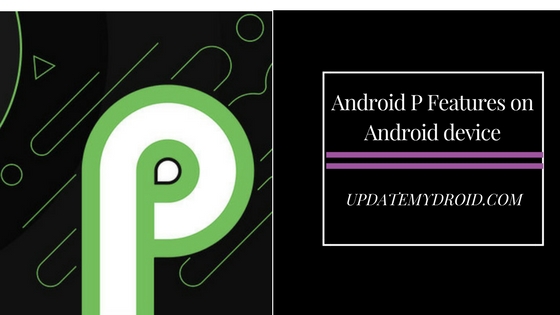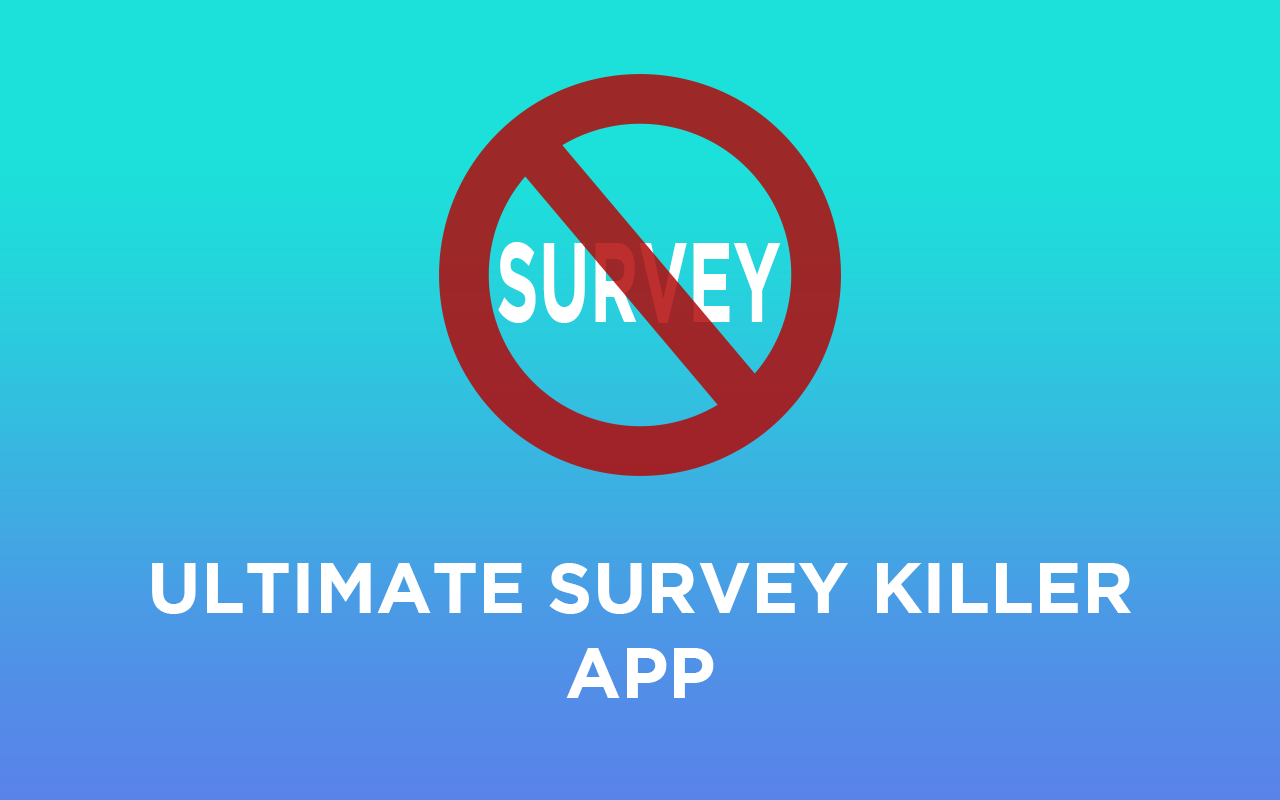As an entrepreneur, you are the core and image of your business. It’s essential to think about your personal brand and how you want to be perceived by the world. Let’s see personal branding tips for online course creators.
Personal branding is even more important for a course creator, as your name appears right next to your course and people want to know who’s behind it. Personal branding done right might also help you get more awareness and increase course sales.
Don’t worry! You don’t have to be a marketing expert to achieve this. You just need to learn a few key practices that will help you build your personal brand quickly and efficiently. Let’s take a look at them.
Personal branding tips for online course creators
Personal branding done right might also help you get more awareness and increase course sales. The best part, you don’t have to be a marketing expert to achieve this, and you don’t need to hire someone to help you either. You just need to learn a few key practices that will help you build your personal brand quickly and efficiently. Let’s have a look at them:
1. Define what your personal brand reflects
This is the single most important tip when it comes to personal branding. You need to define clearly who you are and how you want to be perceived by the world. Take some time to think about the things that make you, well… you!
Here are some questions that might help with this:
- What are your core values?
- What are your likes and dislikes?
- What makes you unique?
- What is your professional background?
- What makes you an expert on the topic of your online course?
These are examples of questions you should be asking yourself that will help shape your personal branding efforts. You don’t have to get into very personal details, but you can reveal some of the most important things that you want people to know about you.
Use this information to put together a short bio for your website. This bio will serve as a core guideline: how you design your website, what type of messaging you use, what kind of things you share on various channels, etc., should all be in alignment with your brand image.
This may help you increase your course sales, especially when you’re at the beginning and people are not that familiar with your courses. You need to provide some sort of credibility, and this is an easy way to do it. People are more likely to buy a course when they can get a glimpse into the person that is behind the online course.
2. The Brand Identity
One of the keys to building a successful personal brand is to present a cohesive image of yourself throughout all the channels that you’re using to communicate with your audience. Creating a brand identity is about paying attention to the small elements that could make a big difference in how people perceive you.
Ensure that you’re using the same name and pictures on your website and social media, as it will be easier for people to find you. Use the same bio description on all channels and align all visual elements such as fonts and colors to work well together.
It’s also essential to align all your visual elements to work well together, such as your website’s design, the colors and images used, the fonts, the style of the design, and anything else that will represent your brand online. You don’t need to hire a designer for this, nor do you need any special skills; there are plenty of free resources online that will teach you how to do this with minimal effort and budget.
3. Make a connection with your audience
The key to finding your true target audience is to get very specific. After selling a few courses, look at your sales data. You might notice that your courses are mostly bought by one type of person, for example, men aged 25-35. That’s the target audience that you need to connect with. Find out where they spend their time online and engage with them on those channels.
For example, if your online course is about gardening, the people interested in this would be men and women who enjoy gardening, buy gardening tools, follow gardening social media accounts, etc. This is a good start for finding where these people hang out online and start interacting with them.
But this is just the tip of the iceberg. The key to finding your true target audience is to get very specific. Your online course is not addressed to just anyone who enjoys gardening. After you sell a few courses and look at your sales data, you might notice, for example, that your courses are mostly bought by stay-at-home moms, who live in the suburbs, and are between 30 and 45 years old. Now that’s the target audience that you need to connect with.
So there you have it, the three most essential aspects that will help you build a personal brand: finding out who you are, creating a brand identity, and engaging your audience. Remember that consistency is critical, and once the initial work is done, you have to allocate the time to maintain your personal brand. You may also need to make various improvements from time to time to keep your image fresh and in line with how you evolve as an entrepreneur.
About the Author: Abhishek is a marketer with a specialization in SEO with ContentNinja, a platinum-tiered Hubspot Partner Agency based out of India.











![How to Unlock Bootloader without PC On Android [2022]](https://cracktech.net/wp-content/uploads/2019/02/unlock-boot.png)